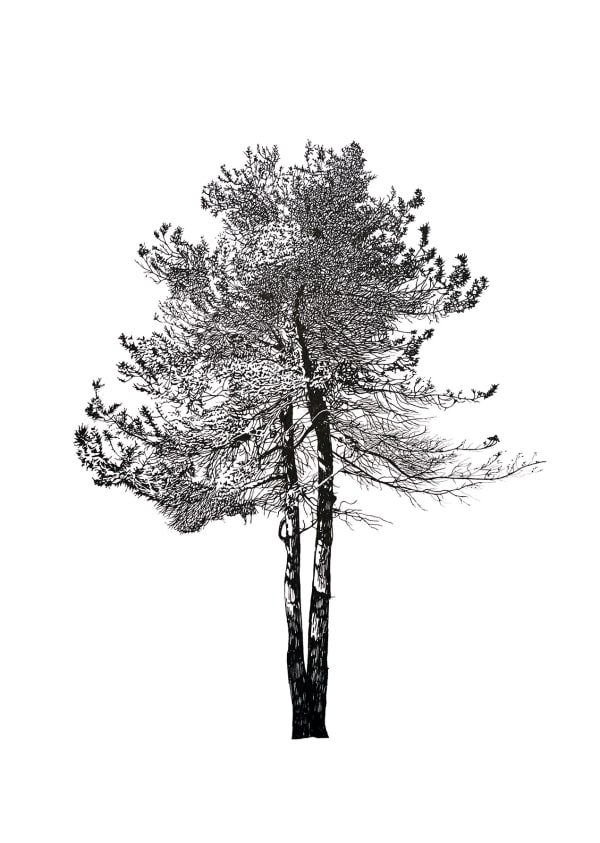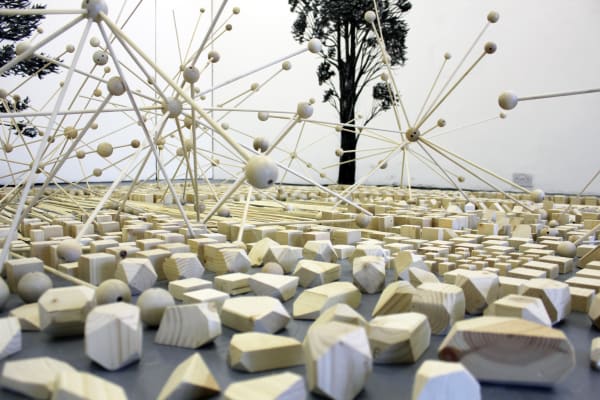Anarchive : Source Arts Centre, Thurles, ireland
Archives are usually a place where things are sorted, described and hierarchized. This is where things are put into order as opposed to the disorder of reality. The French philosopher Michel Foucault described the archive as an underlying structure which intended to control and systematize both things, knowledge and people. Later, the German historian Wolfgang Ernst wrote about the "anarchive" as a new, artistic version of the archive, where artists abuse the archive's principles of order to create a new kind of order. The Anarchive is thus not an anti-archive, but a different archive with different orders than the institutions' authoritative archives.
Anarchival
Eamon O'Kane's Wood Archive can be described as a kind of an archive. The tree archive shows relationships rather than hierarchies. O'Kane has placed thousands of wooden elements in a structure. It looks like order, but it is not the order of the archive with categories and subcategories. The old hierarchies, which are necessary in any archive, are not present in the tree archive. Elements from O'Kane's workshop are in both positive form (the cut) and negative form (the cut). It is difficult to distinguish between product and process because negative forms are usually discarded in the process. The model also alternates between micro and macro level, because the viewer both overlooks large cityscapes and what looks like enlarged models of small components in a computer. Star-shaped network nodes resemble both molecules and futuristic satellites. Where the archive normally has to sort and hierarchise, O'Kane's archive model creates new contexts.
Entropy
O'Kane himself has pointed to carbon as a consistent element in the archive. Carbon or carbon is the universe's 4th most common element and is included in all known organic forms, including trees and humans. In the large carbon cycle, carbon takes different forms, and O'Kane's wood archive is just one of several forms. The tree archive shows a temporary order on the way to an ever greater disorder of forms. Entropy describes the irreversible movement of closed systems from order to disorder. This movement can be observed in large systems, such as the movement of the universe from the big bang to ever greater disorder, as well as in small systems such as milk in the coffee cup, where the milk cannot be separated from the coffee once it has entered. Wood Archive shows a state of disorder in a system – entropy – by creating ever new forms.
It is a completely impossible archive. After all, the archives intend to counteract entropy by sorting things into separate categories. O'Kane's tree archive does not clean up, but rather adds a new order. It ultimately creates more clutter, which may be necessary at times. O'Kane's wooden archive shows a temporary order of a general disorder. It shows connections between what we consider to be large, alive or orderly and what we consider to be small, dead or disordered. The archive shows a liberating disorder with the help of order.
'An archive against ever-increasing disorder', by Theis Vallø Madsen, Faaborg Museum and University of Southern Denmark












